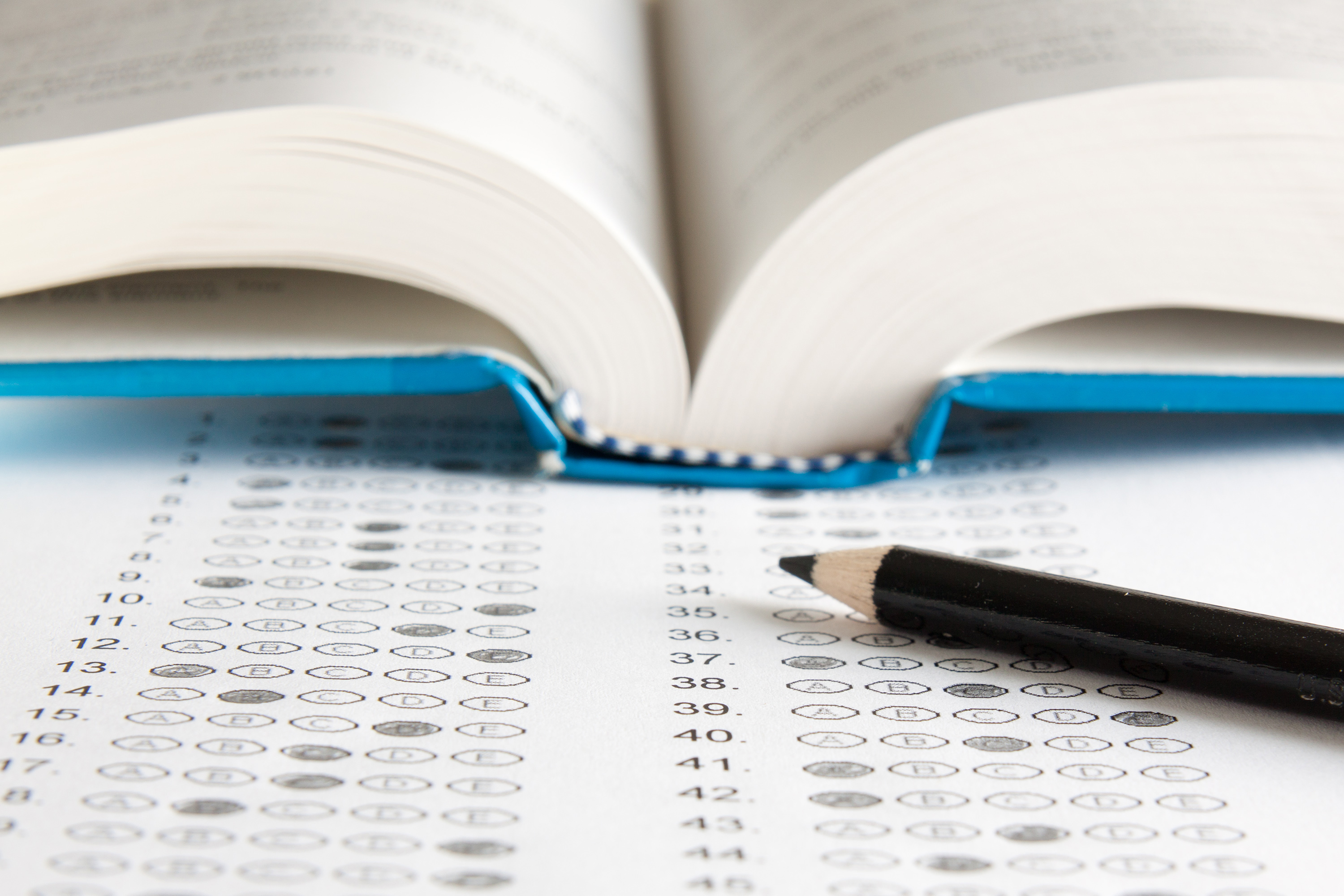
Last month The College Board, the nonprofit that writes and publishes the SAT, announced that the high-stakes college entrance exam will be changing. On Wednesday, it's showing the public exactly what the redesigned test will look like and now the test-prep industry is bracing for the changes.
For decades, people who could afford certain advantages - like taking expensive SAT prep courses - have enjoyed a leg up in the college acceptance game. The new SAT hopes to change that.
"The redesigned SAT is an achievement test,” said Cyndie Schmeiser, Chief of Assessment with The College Board.
Beginning in 2016, the test will focus on words students might find in their college readings — not words from a prescribed vocabulary list. Students will be asked to read, reason, think critically and cite evidence. The College Board wants to tie the test to high school curriculum.
"It is our hope that the redesigned SAT reflects students' best work - not something that is separate and distinct from their work in high school, but a distillation of what they've learned in high school,” said Schmeiser.
The College Board says the new SAT will be shorter, the essay will be optional and the test will only concentrate on math topics essential for college.
Try out some of the new SAT questions yourself:
Prep courses like this one will also be provided free by the College Board and Kahn Academy. Of course, these free tutorials carry implications for the multi-billion dollar test-prep industry that has grown up around the SAT.
"The cost of test prep is really going to go down,” predicts Miro Kazakoff, CEO and co-founder of Testive, a for-profit company that helps students prepare for the SAT online.
Testive used to charge for its material, but will now provide it free and only charge for one-on-one coaching.
“I think it's a sign that we're going to see a really big difference in the industry,” said Kazakoff.
According to Kazakoff, increased access to content should allow students of all economic backgrounds to study for the SAT, and get into elite colleges.
“Each of these revisions is an attempt to try to get closer to that ideal,” said Kazakoff.
Not everyone agrees, though. Christi Conkling is a counselor with the Boston-based nonprofit Bottom Line which helps low-income students get into college. She says there's already a lot of free information online. Some students won’t access it, or - if they do - they won’t know what to do with it.
"You can click around on any website for a little bit, and unless you have someone guiding you and telling you what you should be doing you're not going to do it for very long,” said Conkling.
Ultimately, Conkling says, the SAT is still just a standardized test that will favor those who have the most support.
"Our students, who have pretty average or significantly below average SAT scores, are still going to have those scores,” said Conkling.
For its part, The College Board believes revamping the traditional entrance exam will level the playing field between low-income, high-achieving students and their more affluent peers who can afford expensive test-prep courses.










